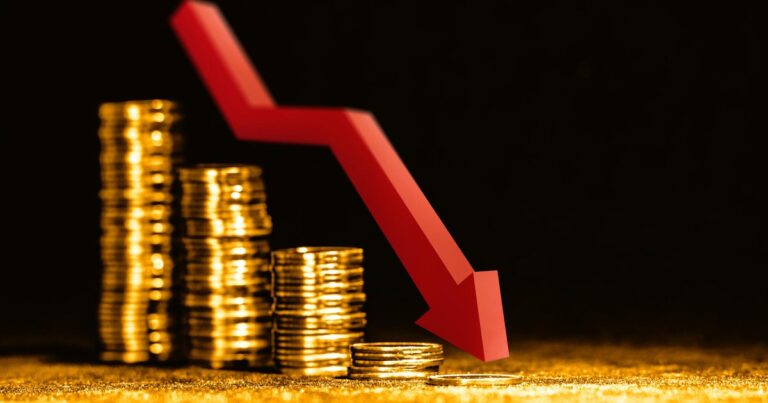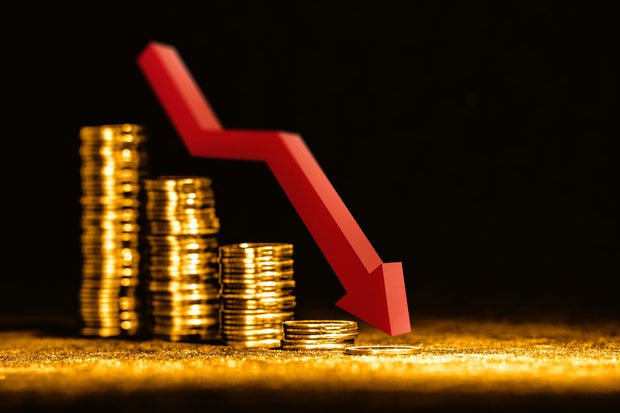Getty Images/iStockphoto
Gold has had an extraordinary run over the past year. The precious metal has climbed steadily in price since the start of 2025 and recently surpassed both expert and analyst expectations when the price closed in on $4,380 per ounce — marking an uptick of over 60% in less than 10 months. That particular gold price rally was driven by familiar forces: inflation concerns, geopolitical uncertainty and robust buying from central banks worldwide.
This week, though, the price momentum took a sharp turn in the opposite direction. On October 21, gold experienced its steepest single-day decline in over 12 years, falling by over 6% and losing close to $300 per ounce. Silver followed suit with an even larger drop of roughly 9%. The abrupt sell-off caught many investors off guard, especially after witnessing gold’s epic ascent. And, gold has continued to fall further in the days since, with the price of gold currently sitting at just over $4,000 per ounce.
As a result, questions are emerging about what exactly is impacting the landscape and how to best handle this sudden downturn. Below, we’ll examine the cause behind this dip in the price of gold and what moves investors should make next.
Find out how to add gold to your investment portfolio today.
Here’s why the price of gold is plunging
Right now, several key factors are converging to help explain why gold’s price is under pressure, including:
Profit-taking after a massive run
Gold prices surged this year as investors clamoured for refuge due to widespread economic uncertainty. But when an asset runs hard, the risk of profit-taking rises, and that is exactly what seems to be happening. Analysts point to the recent sharp drop as partly a reaction to gold investors cashing out their gains. And, once profits start to be locked in, momentum can reverse quickly in an asset like gold.
Learn more about the benefits of gold investing now.
A stronger U.S. dollar and rising real yields
Because gold is priced in dollars, when the U.S. dollar strengthens, it tends to make gold more expensive for non-U.S. investors, and, in turn, there’s less demand. That’s precisely what happened here. The dollar went up on the day of the decline, and as a result, gold became more expensive for international buyers, which naturally dampened the demand. Currency movements like these consistently influence the precious metal’s appeal to global investors.
Easing geopolitical and economic fears
Gold tends to thrive when the world looks unstable due to issues like war, trade concerns, inflation and uncertain policy. But if some of those fears fade, the demand for gold as a…
Read More: Gold’s price is plunging. Here’s why (and what investors should do next).




